Brain-computer interface: How close is it to reality?
Definition reference
Here’s everything you need to know about this revolutionary technology.
What Is Brain-Computer Interface?
A brain-computer interface (BCI) is technology that lets you control an external device using your mind. You can read or write text, operate devices and even move robotic limbs using just your thoughts. The technology uses electroencephalography (EEG) to record electrical activity in your brain via electrodes on your scalp. Computers analyze those signals to determine what you're thinking, and then take action accordingly. BCI-equipped devices are still uncommon outside of research settings, but commercial devices with limited functionality are expected to hit store shelves within several years.
How Brain-computer Interfaces Work
Before getting to how brain-machine interfaces work, it’s important to understand exactly what we mean by brain. In most applications, researchers focus on recording signals from an organ called the cerebral cortex (or simply cortex). This area of your brain is responsible for higher mental functions like thinking and processing information. The cortex processes these activities by creating electrical signals that flow between millions of neurons, your brain cells. When you type on a keyboard or move your arm, sensory nerves record those movements by detecting signals in your muscles and relaying them back to different parts of your brain. You can use this approach to shift the computer's cursor to the left or right simply by thinking about it.
Applications Of BCIS
Some current brain-computer interfaces are not intended for use in healthy individuals, but rather as assistive technology for those with movement disabilities or neurological disorders. For example, one study demonstrated control of computer cursors and simple robotic arms using signals from implanted electrodes and wireless monitoring units to detect neural activity. The goal was to provide users (people who have damage to their spinal cords or other central nervous system injuries) with an alternative way to communicate with their environment—in that case, a computer connected directly to their brains. One recent advance in BCI research has been that brain-to-brain communication may soon be possible through direct computerized links between subjects' brains; some researchers are exploring telepathy as an application of such links.
A Brain-Computer Interface (BCI) is an interface that allows communication between the brain and an external device. The technology has only been around since the 1980s, but it’s slowly becoming more advanced and applicable to practical purposes. What are some of the most promising BCI applications? Here are three potential uses for BCIs you might not have heard of before, but could be useful in the future.
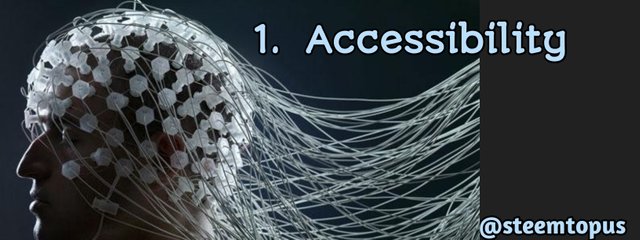
1. ACCESSIBILITY
One major application of brain computer interfaces is accessibility for people with disabilities. It is a field that sees a lot of potential, but has few successful real-world applications. One obvious use case that needs no explanation is using it to control wheelchairs and other devices to improve mobility and quality of life for disabled people. However, even if you do not have any physical disability, being able to control your smartphone or TV with your mind could be very useful in some situations. Imagine reading an important email without having to look at your phone screen or changing channels without having to go through any on-screen menus - that's only scratching the surface!
2. MANUFACTURING PROCESSES
The usefulness of a BCI is directly related to how well it can interface with electronic devices. Depending on what you’re looking to do, there are quite a few different ways to create an interface. Each method has its pros and cons, but it’s all about getting in there and seeing what works best for your given application. The simplest process would be electromyography (EMG), which measures and records electrical activity generated by muscles; however, EMG is only capable of recording signals produced by facial muscles, which doesn’t really lend itself well to complex tasks like typing.
3. REMOTE CONTROLS
Using a BCI is a relatively new and unexplored field. As people get to understand better how it works, they are discovering more useful ways to employ the technology. One of the most attractive prospects is using it to control devices remotely. For example, instead of driving somewhere in order to change your thermostat settings you could simply think about doing so and your air conditioning would either cool or heat up accordingly. There are also applications that deal with transferring thoughts into text using brain waves as inputs. This technology can be used as an input device for machines such as computers or even smartphones thus removing our need for keyboards or touchscreen interfaces and enabling us to perform tasks without even moving our fingers at all!
4. AUTONOMOUS VEHICLES
The application of BCIs in autonomous vehicles may not be as broad as it is for humans, but it still offers some exciting possibilities. Many feel that allowing humans to be distracted on longer car rides would increase safety, so perhaps a driver could control music or video playback with their thoughts—or even make hands-free calls. For example, when entering a highway, a driver could mentally prepare for their entrance and enable cruise control or change lanes automatically. Other researchers believe there are more fundamental benefits that can be explored with vehicle applications; enabling elderly drivers and others who have difficulty driving manually to get from point A to point B may offer some great benefits in quality of life.
5. ROBOTS
A robotic application has already been proven useful in treating brain injury. A team of researchers at Wake Forest University in North Carolina developed a robotic system that allowed rats to exercise their forelimbs while their brains were being studied, which allowed them to regain motor function. The same researchers have conducted similar studies on humans with early-stage strokes and plan to use BCIs as part of recovery therapies for stroke patients in Phase 2 clinical trials beginning next year. It’s also possible that one day people with spinal cord injuries may be able to use robotic technology to walk again by monitoring nerve impulses and translating them into commands for their limbs—the latest developments in a field known as neuroprosthetics. These are just a few applications of BCIs—there are many more.
Examples of Brain Computer Interfaces
Brain computer interfaces (BCIs) and Brain Machine Interfaces (BMIs) are applications of neuroscience that use signals directly or indirectly related to neural activity. The terms BCI and BMI are used in different communities for essentially the same set of technologies, with overlapping, but not identical definitions. Both fields employ devices such as electrodes attached to specific locations on an individual's scalp or implanted within their nervous system in order to measure their brain activity. While BCI uses traditional neurophysiological recording techniques, sometimes involving components implanted into animals, BMIs use sophisticated algorithms based on input from these electrodes to translate thought into action.
Top Takeaways From This Article
Stephen Hawking, the late celebrated physicist, was able to express his brilliant ideas by utilizing a device that sensed and synthesized his cheek movement. A brain-computer interface (BCI) would have allowed him to control prosthetic devices and computers as well as speaking. The truth about mind control is that we have been working on it for more than 60 years. Many scientists at major universities, corporations, and even in indie labs around the world are developing BCIs that can help us control artificial limbs, computer cursors, wheelchairs, exoskeletons and spacecraft. In fact, some of these technologies are already in use in clinical settings as communication devices for patients with locked-in syndrome.
All images edited on pixellab
Original Image source
30% beneficiaries to @hive-138339
Thank you @hive-138339 for the opportunity of this contest. I invite @gormogon and @atoa to this contest. Please participate if you can.
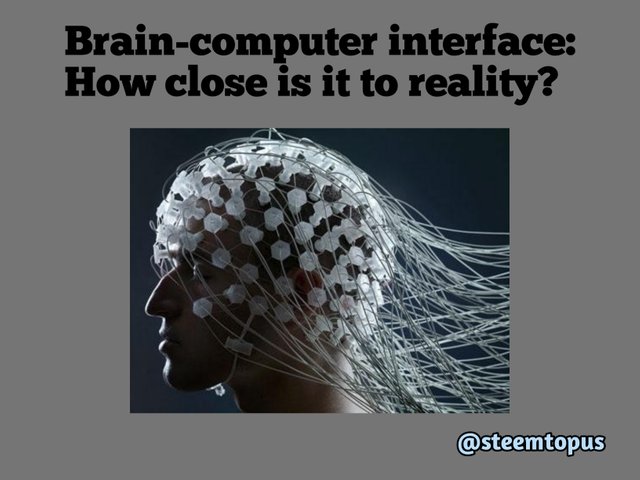
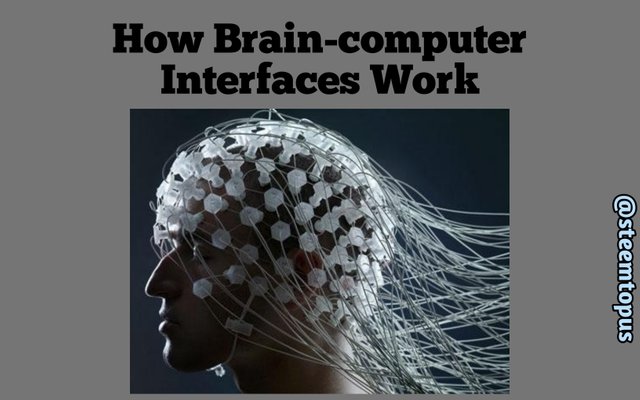
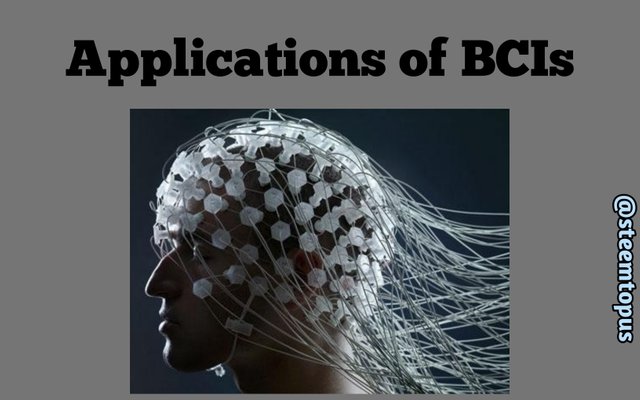
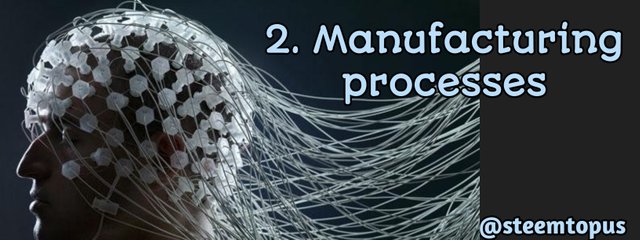
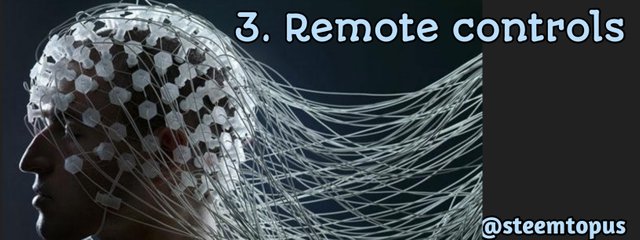
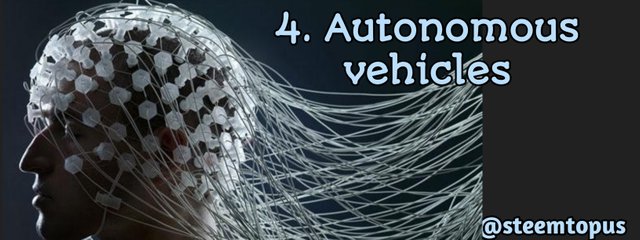
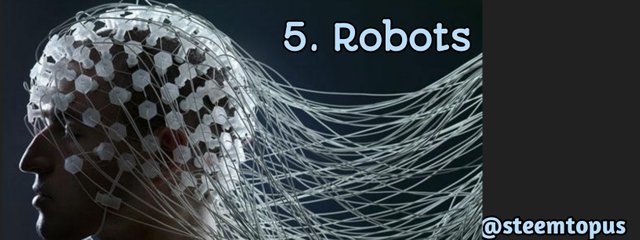
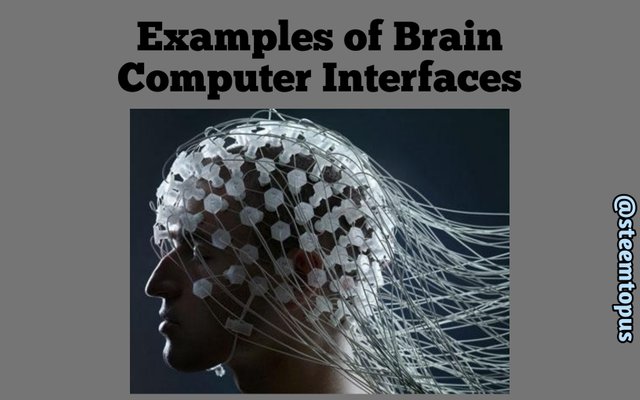



Thank you for sharing such an interesting content with us. Stay active – write posts, comment, interact with others and enjoy .
JOIN WITH US ON DISCORD SERVER:
Use reference in your post. We have found plagiarism in your post. Thank you.
Oh, thank you for the attention, I was going to reference the definition but the skipped my mind. I will be careful not to make the same mistake next time. @hive-138339, this is a minor case, am i still going to suffer the consequences?